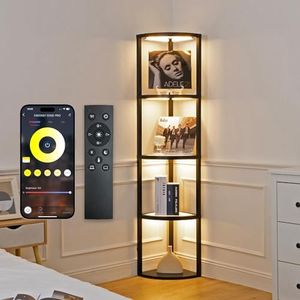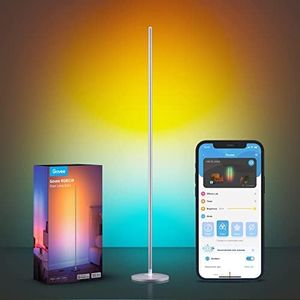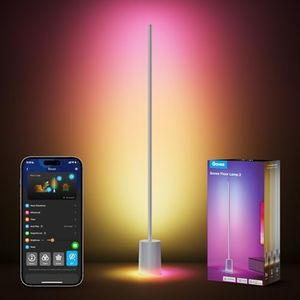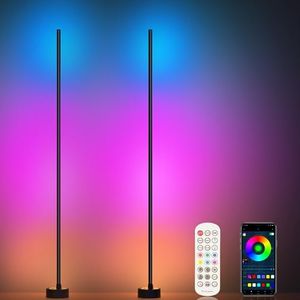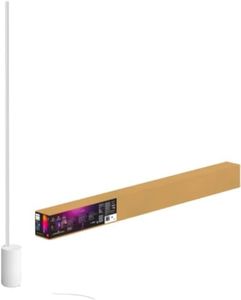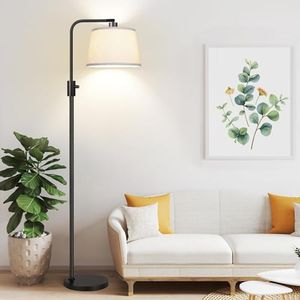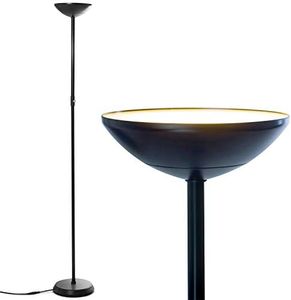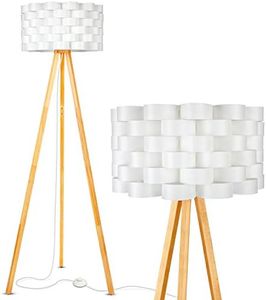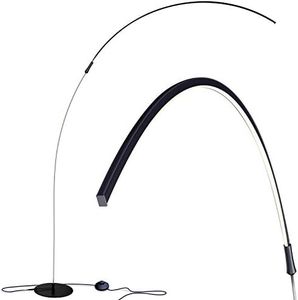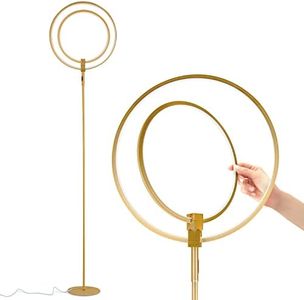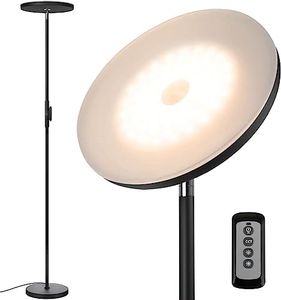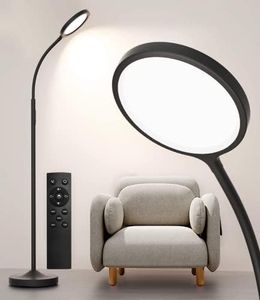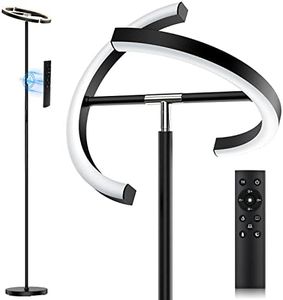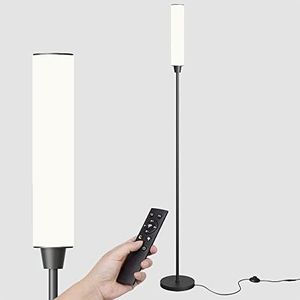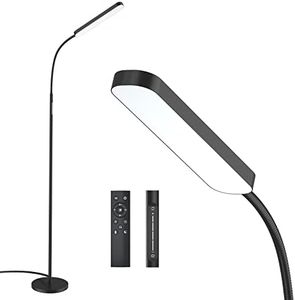We Use CookiesWe use cookies to enhance the security, performance,
functionality and for analytical and promotional activities. By continuing to browse this site you
are agreeing to our privacy policy
10 Best Led Floor Lamps 2025 in the United States
How do we rank products for you?
Our technology thoroughly searches through the online shopping world, reviewing hundreds of sites. We then process and analyze this information, updating in real-time to bring you the latest top-rated products. This way, you always get the best and most current options available.

Buying Guide for the Best Led Floor Lamps
Choosing the right LED floor lamp can significantly enhance the ambiance and functionality of your living space. LED floor lamps are energy-efficient, long-lasting, and come in a variety of styles and features to suit different needs. To make an informed decision, it's important to understand the key specifications and how they align with your requirements. Here are the main factors to consider when selecting an LED floor lamp.Brightness (Lumens)Brightness, measured in lumens, indicates how much light the lamp emits. This is important because it determines how well the lamp will illuminate your space. For reading or task lighting, you might need a lamp with higher lumens (around 800-1500 lumens). For ambient lighting, lower lumens (around 400-800 lumens) might be sufficient. Consider the purpose of the lamp and the size of the room to choose the right brightness level.
Color Temperature (Kelvin)Color temperature, measured in Kelvin (K), describes the color of the light emitted by the lamp. This is important because it affects the mood and functionality of the space. Warm white light (2700K-3000K) creates a cozy and relaxing atmosphere, ideal for living rooms and bedrooms. Cool white light (3500K-4100K) is more neutral and suitable for kitchens and workspaces. Daylight (5000K-6500K) is very bright and mimics natural sunlight, which is great for reading or detailed tasks. Choose the color temperature based on the room's purpose and your personal preference.
AdjustabilityAdjustability refers to the lamp's ability to change its height, angle, or direction of light. This is important for versatility and convenience. Some lamps have flexible necks or adjustable heads that allow you to direct light where it's needed most. Others may have dimmable features to control the brightness level. If you need a lamp for multiple purposes or want to customize the lighting, look for one with adjustable features.
Style and DesignThe style and design of the lamp are important for aesthetic reasons. LED floor lamps come in various designs, from modern and minimalist to classic and ornate. Consider the decor of your room and choose a lamp that complements it. Additionally, think about the lamp's footprint and how much space it will occupy. A sleek, slim design might be better for smaller spaces, while a more substantial lamp can make a statement in larger rooms.
Energy EfficiencyEnergy efficiency is a measure of how much light the lamp produces relative to the amount of power it consumes. This is important for reducing electricity bills and environmental impact. LED lamps are generally very energy-efficient, but some models are more efficient than others. Look for lamps with an Energy Star rating or check the wattage and lumens to ensure you're getting a lamp that provides good light output with minimal energy consumption.
LifespanLifespan refers to how long the LED lamp is expected to last before it needs to be replaced. This is important for convenience and cost-effectiveness. LED lamps typically have a long lifespan, often ranging from 20,000 to 50,000 hours. Consider how often you use the lamp and choose one with a longer lifespan to minimize the need for replacements. This is especially useful for lamps that will be used frequently or for extended periods.
Most Popular Categories Right Now
